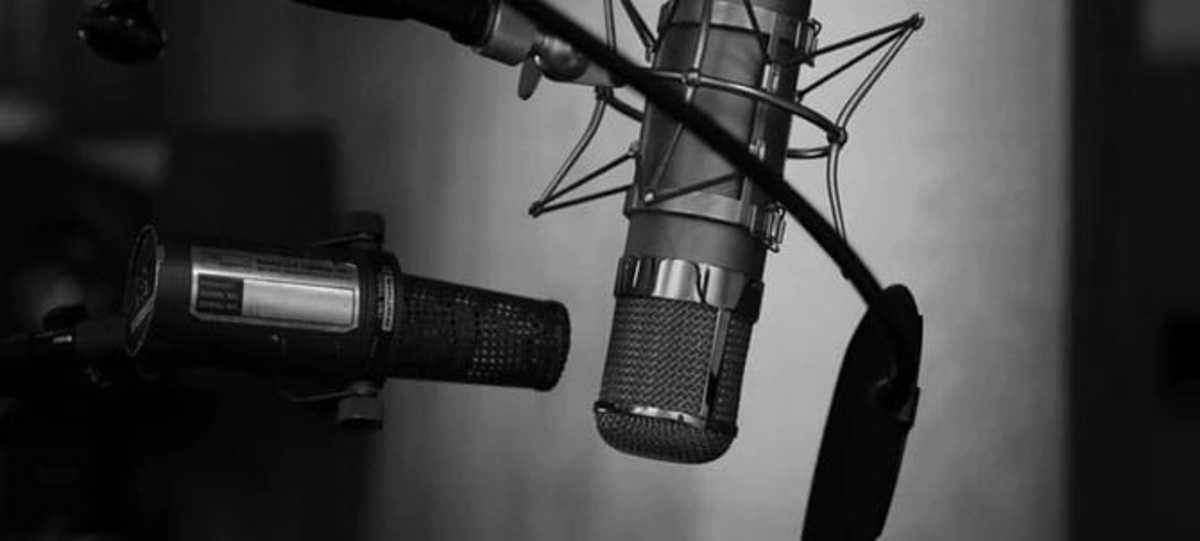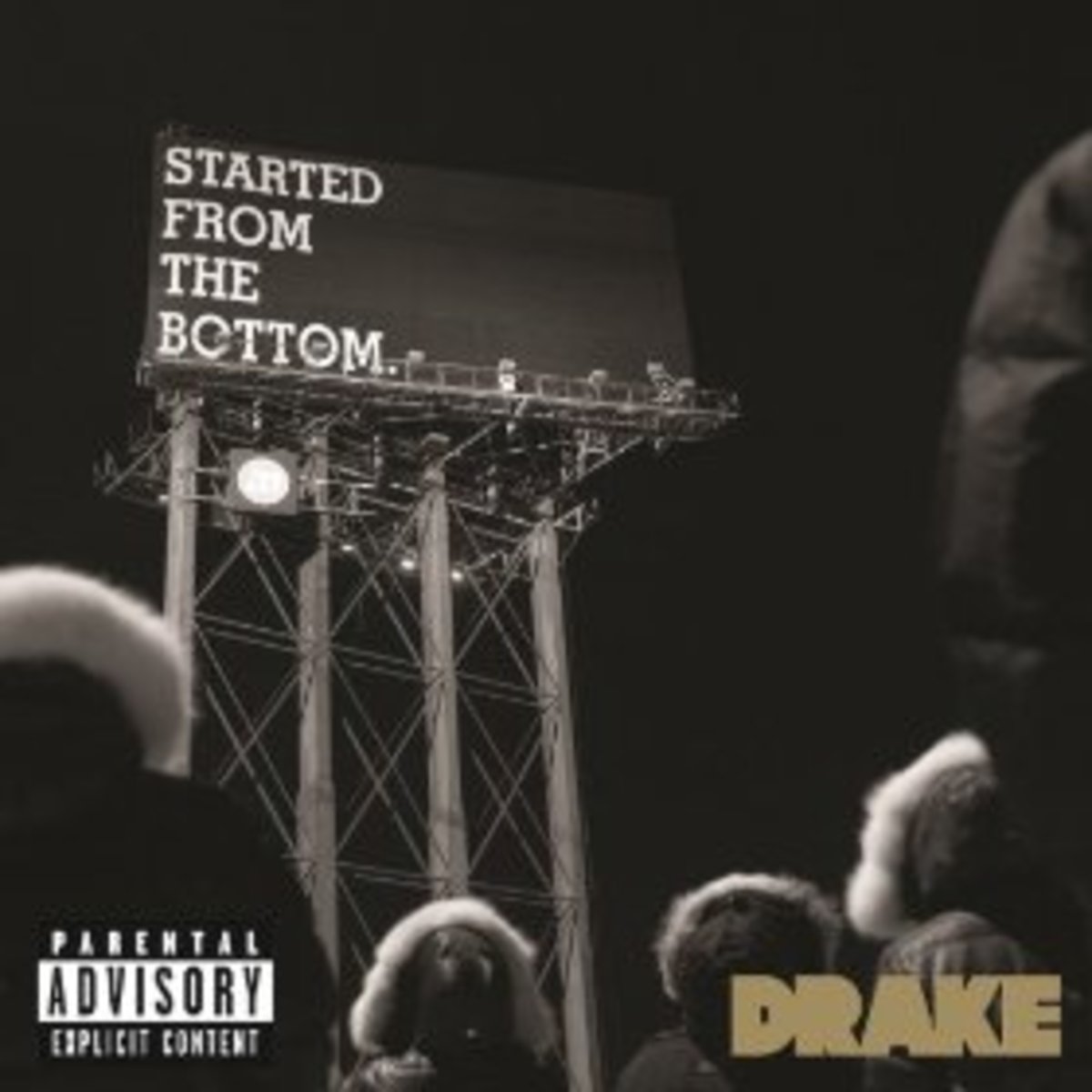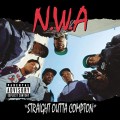Home hip hop beat tutorials - Sampling methods
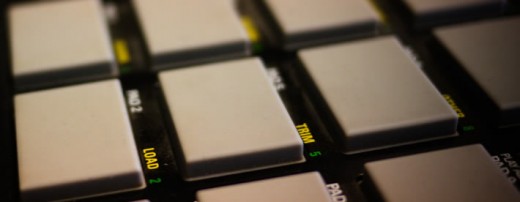
Equipment for sampling
Welcome to my first home hip-hop production tutorial on Sampling Methods. I am going to show you some effective sampling methods for Hip-hop and R&B beats using with very limited music hardware. In my first video I started of with a 512 Mb Ram 1.6 Ghz Laptop, an Oxygen M8 keyboard, a cheap sound blaster audio interface and sound very cheap PC speakers.
Currently I use a 8Gb RAM Desktop, Core i7 Processor, Presonus, AUDIOBOX USB, an Edirol PC-50 keyboard, some Fostex active speakers and of course Reason 4.
I believe that making beats, whether its Hip Hop, Soul, Pop, Dance, House or Rock is all about creativity, and not always about having top of the range hardware and resources for sounds. Of course, once a track is completed you may you will want to pass it on to somebody professional who can clean up and master your track making it radio friendly.
Since Hip-hop is traditionally sampled based, we don't need multiple tracks and effects which require a high end PC. Basically, on the sequencer side of things you can get away with around 4 tracks. 1 track for the sample itself (usually looped), 2nd track for the baseline (unless you are using one that's contained in the sample), the 3rd track can be the percussion and the 4th track for the vocals. A very low end PC should be able to handle 4 tracks with no issues. Low-end PC's may run into issues if you start to add multiple effect plug-ins to each track.
The sampling method
This method is quite simple but effective. I load a section of the song into Re-Cycle and use the software to automatically split and separate the wave forms.
Re-cycle is a very powerful tool, it analyzes the audio file and then listens and identifies where the attack of the waves are. The attack of the waves the points where you would normally chop a wave for sampling. Re-Cycle does this for you, although a bit of tweaking of self editing may be required depending on the type of audio file you are sampling. Audio files with few instruments and a clear drum pattern are usually easy to auto-chop.
Audio files with a lot of background instruments and a not such dominant drum pattern are usually hard to auto-sample, some editing maybe required.If you count the bars and beats and input the correct figures, the software will automatically work out the BPM for you. Another good feature is the time stretching functions, this can get your sampled segment an extended tail for smooth transitions when the sample doesn't match the beat perfectly.
One finished with re-cycle I then open Reason and load the sample into in the Rex-player, which enables me to play the samples through the keyboard. Each sample segment from Re-cycle is mapped into individual keys on your MIDI keyboard or input hardware. You will be able to play the samples real-time along with your track, for me this is the easiest and fastest method to incorporate samples into my tracks.
How Recycle automatically finds segments for you
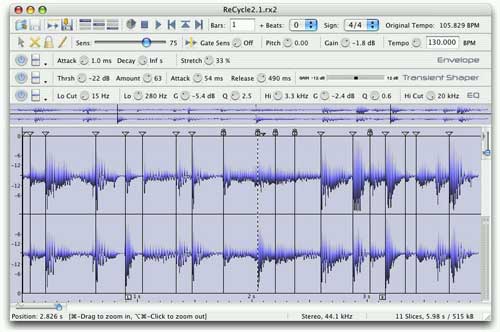
Using the sample
This is the fun part. Once the wave form is saved as a recycle (.rex) file. It can loaded in to Reason via the Rex-file module (see the photo below).This is very simple to use, use loaded the sample segments are automatically mapped into the keys of your MIDI keyboard starting from the left. With this setup you can simply play the samples along with your track until you find something that fits. You can then record the wave segments into the rex-player and edit them afterwords if you wish. Using this method I have been able to drop samples onto tracks within minutes. If the sample is too short or long for any section then it can be time stretched. However over stretching leads to distortion.
People often say that this method of sampling is cheating or skill-less, but I tend to think that good production involves creativity with samples i.e. know how to manipulate a sample, understand what instruments will compliment a sample and imagining how a sample will sound in a potential track. The way of physically chopping up samples is more of a technical engineer thing rather than a musicians skill. Whether you chop up samples manually or automatically, remember it's the creativity of the sample what counts in the end.
There are many other software packages out there for sampling and chopping so it is a good idea to try out a few to see which one suits you the best. I find re-cycle pretty easy to use, but some people don't like to use Reason as a DAW so other sample chopping software may be better for them. Some people just like to chopping the samples manually using their own ears rather than have software to do it for them.
Dr Rex player in Reason 4

Video of the whole production
What sample is that?
A good producer should have a good imagination in terms of knowing what to sample. Never limit your selection of samples to the genre of music you are producing. If the manipulation of the sample is correct, almost anything can be sampled. Most people will look for samples with a basic 4/4/ beat which will be easy to fit into tracks however this is seriously limit your choice of samples.
Some producers modify and chop up a sample so much that nobody recognizes what the original sample was and thus get away with not paying royalties or getting sampling clearance from record labels. The late J-Dilla was a legend who was able to sample almost anything.
There are even ways to slow down a beats tempo without even lowering the speed or key of the sample itself. You can do it through software or you can do it manually. If you do it through software then you must stick to + or - % ratio in order to maintain audio quality. Too much time stretching doesn't sound too good for most commercial music, however may be fine for underground Hip Hop.
Having too many drums in a sample does make it very difficult even for the best of producers, since drums can not normally be digitally removed and it doesn't sound too good if you try to lay your own drums on top. Very light light drums in samples are fine as they can be easy disguised with your own drums or even edited out. And the other hand a drum only sample is very useful like the Amarie song "One thing". You can put your own music on top of it,
I good site to check out is www.whosampled.com which has once of the largest databases of hip hop with their original samples. By looking at this site, you should be able to learn a lot on the things producers do with samples. How they are sped up, slowed down, chopped and minced. Some samples are even unrecognizable from the original.
What some producers have done, is actually base a track over a sample, built instruments around that and then take the original sample away. By doing this, people have been able to avoid paying royalties, although questions can still be raised.
- Hip hop sampling
Sampling is the technique of finding snipets of commercial records or sounds and including them into your own production. Sampling ranges from short, drum beats sounds, a few seconds of a piano loop, to whole...

